JEE Advance - Physics (2021 - Paper 2 Online - No. 6)
Two concentric circular loops, one of radius R and the other of radius 2R, lie in the xy-plane with the origin as their common center, as shown in the figure. The smaller loop carries current I1 in the anti-clockwise direction and the larger loop carries current I2 in the clockwise direction, with I2 > 2I1. $$\overrightarrow B $$(x, y) denotes the magnetic field at a point (x, y) in the xy-plane. Which of the following statement(s) is(are) correct?
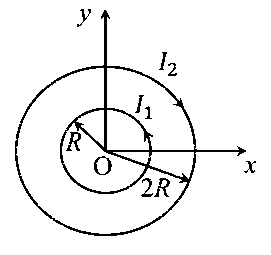

$$\overrightarrow B $$(x, y) is perpendicular to the xy-plane at any point in the plane
| $$\overrightarrow B $$(x, y) | depends on x and y only through the radial distance $$r = \sqrt {{x^2} + {y^2}} $$
| $$\overrightarrow B $$(x, y) | is non-zero at all points for r < R
$$\overrightarrow B $$(x, y) points normally outward from the xy-plane for all the points between the two loops
Explanation
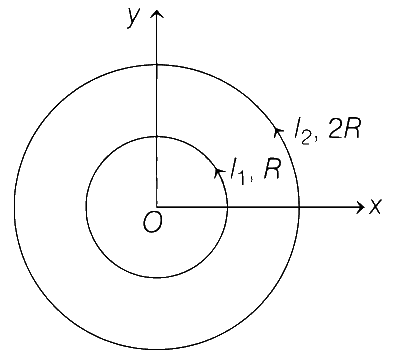
(a) Magnetic field at the plane of the ring is perpendicular to the plane. However, they bend as they move forward.
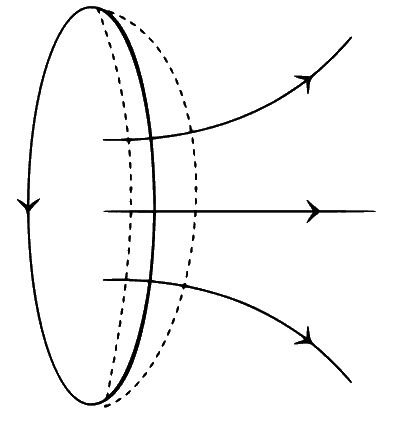
(b) By symmetry, we can say that B will be same at all the points having the same radial distance. So, B (x, y) will depend on the radial distance $$r = \sqrt {{x^2} + {y^2}} $$.
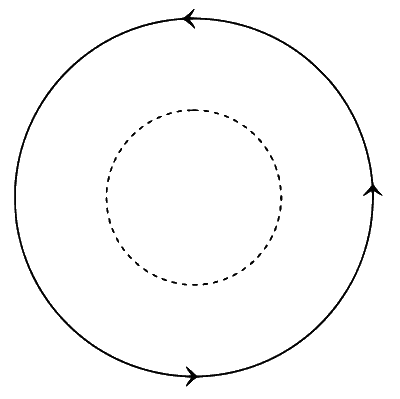
(c) $${({B_{net}})_{centre}} = {{{\mu _0}{I_2}} \over {2(2R)}} - {{{\mu _0}{I_1}} \over {2R}}$$
$$ = {{{\mu _0}} \over {4R}}({I_2} - 2{I_1})$$, since I2 > 2I1, so Bnet at the centre will be non-zero in $$ \otimes $$ direction. But at some other point, Bnet may be zero.
From the graph, it is clear that Bnet = 0 for r$$\in$$(0, R).
So, option (c) is incorrect.
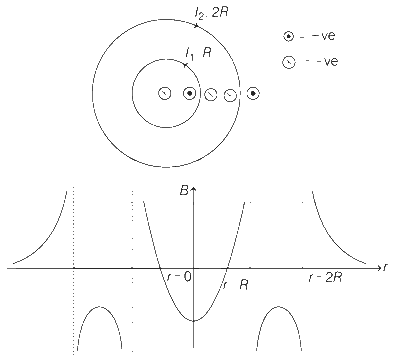
(d) For the graph, it is clear that B = $$-$$ ve
In, $$ \otimes $$ direction for r $$\in$$ (R to 2R), so option (d) is also incorrect.
Comments (0)


